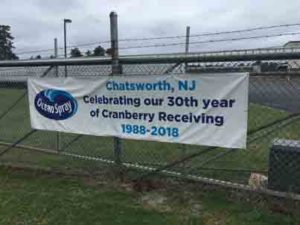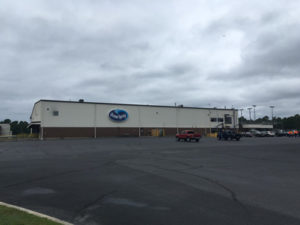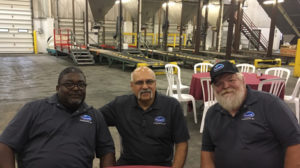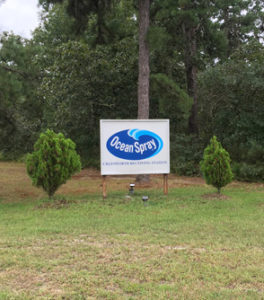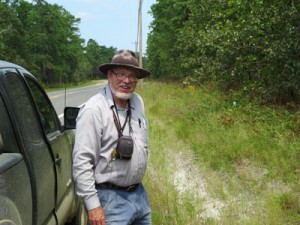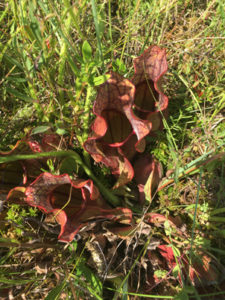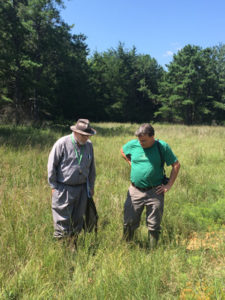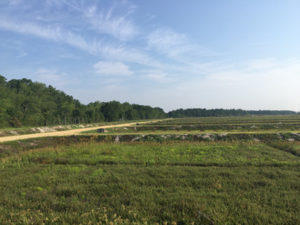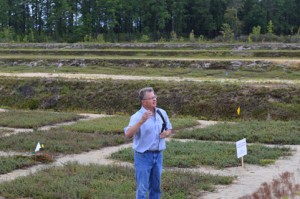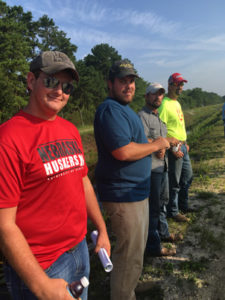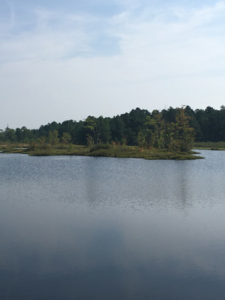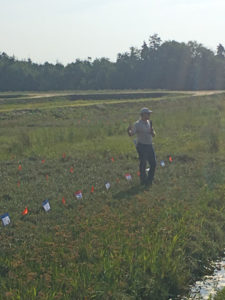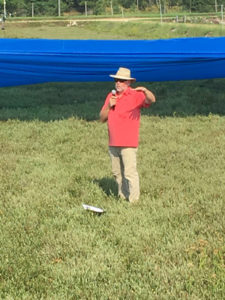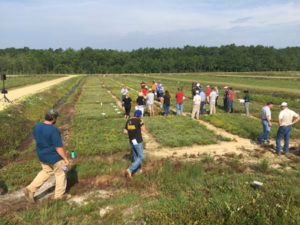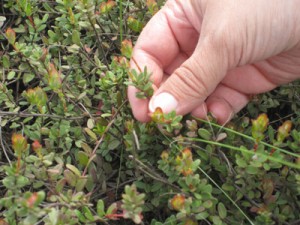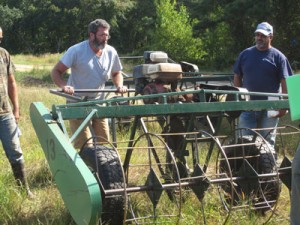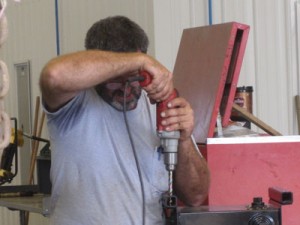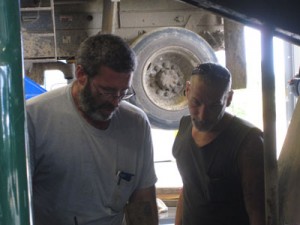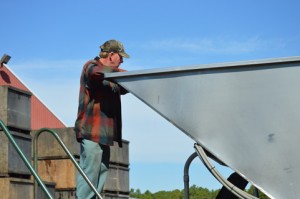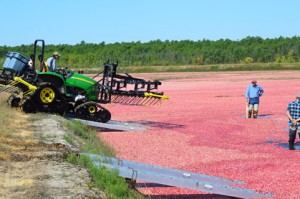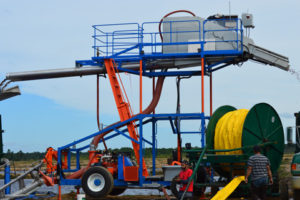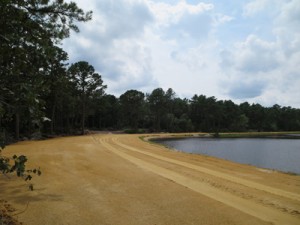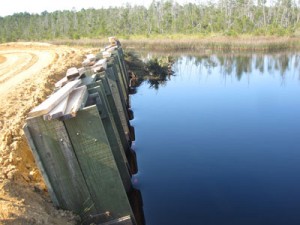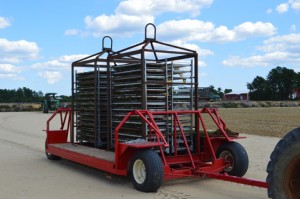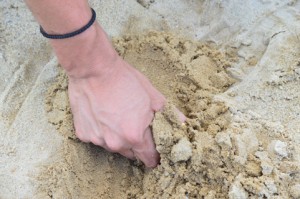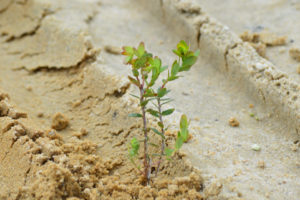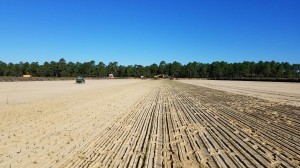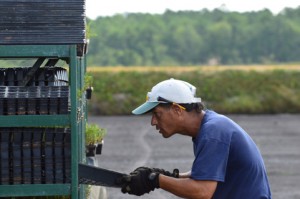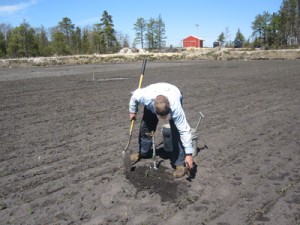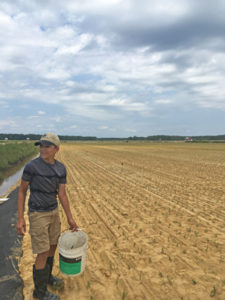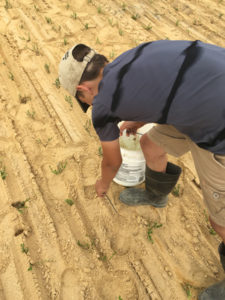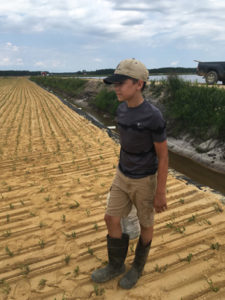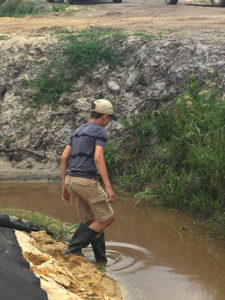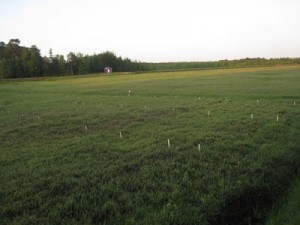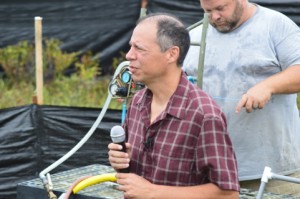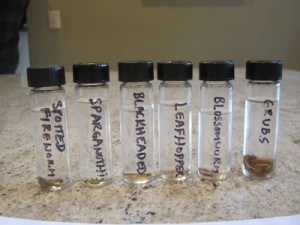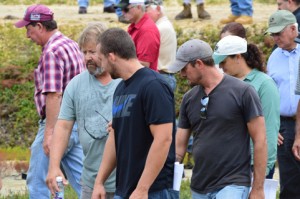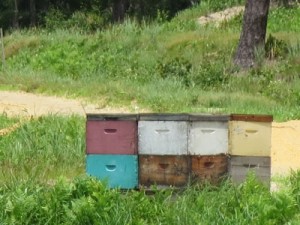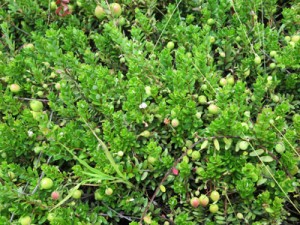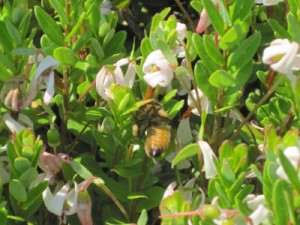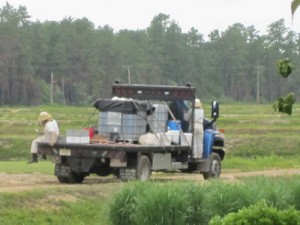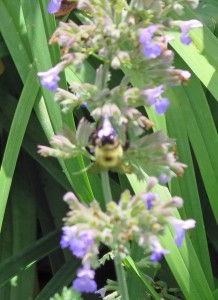This year, the Ocean Spray receiving station in Chatsworth celebrates its 30th anniversary, and several growers were on hand to celebrate with the hardworking station crew.
“We wanted to have a celebration of our 30th anniversary just before we start harvest number 31,” says manager Bob Garatino. Bob and his crew work all year to make sure that the approximately 49 days of cranberry harvest run as smoothly as possible, from start to finish, and they’ve been making a lot of improvements in the “off” season. “Two months out of the year, our goal is cleaning and sizing cranberries. The rest of the year, we make sure our bins are cleaned and prepared for the next season. And we also take a few actions. As you enter the property and look around, there’s a lot of new signage related to safety. Safety is paramount; nothing we do is so important and no service we provide is so urgent that we cannot perform our job safely. Quality is king; we do our best to judge fruit fairly and consistently, because we know that’s our job. We’re committed to keeping costs as low as we can; where we can do it ourselves we will. We also look started asking ourselves “what if”: if something comes up, how will we handle it?”
Bob also took the opportunity to thank the growers for their support. “[The growers] have been here to plow out three feet of snow, to give us valuable feedback and advice, sending us blueberries, educating us on the latest research, bringing us holiday cookies, or just working with us to work out bumps and bruises of the annual harvest.” He is also very proud of his Chatsworth team. “They take pride in their work every day.”
Communication with the growers and timing delivery truly is the key, says supervisor Alonza Williams. “Production varies; if everyone gathers at the same time it’s going to crank things up, but if one grower is harvesting a lower yield variety than what another grower might be doing it balances out.” The receiving station has 12 people on staff during the slower months, but by the time they’re in full swing that number grows to 29, and that’s when communication truly becomes essential: “We’ll stay in touch with growers for their start and end times and even Sundays, by request.” In addition to prepping the bins, Alonza’s getting the lab ready so growers can ring samples in to test for TAcy and firmness.
“The Chatsworth receiving station has always been a big benefit to the growers in New Jersey,” says Pine Island CEO Bill Haines. “It’s always been a pleasure to work with the crew there. Bob, Alonza, Mike, and the rest of the team have always been more than helpful, and we’re glad they’re part of the Ocean Spray team.”

